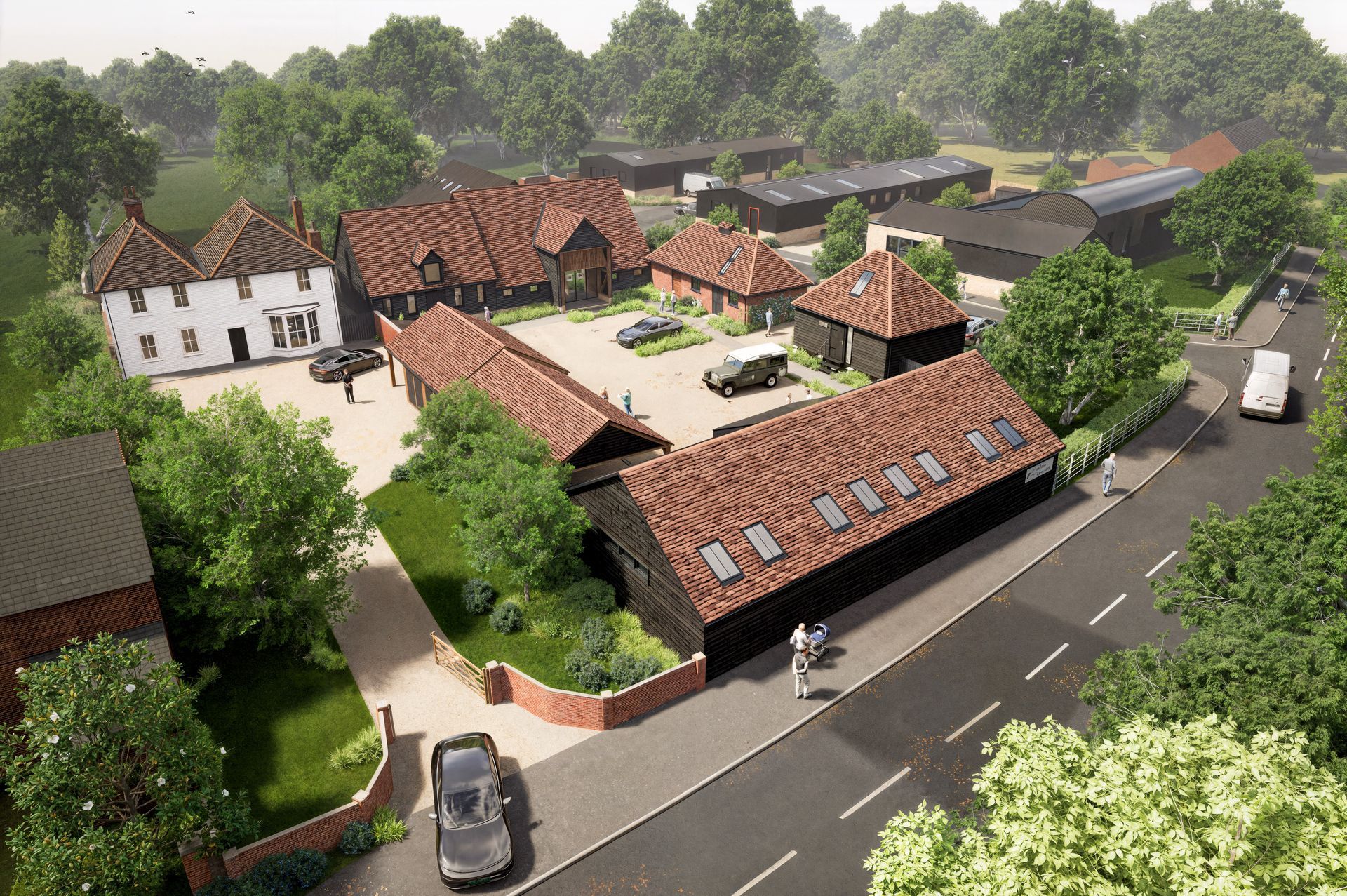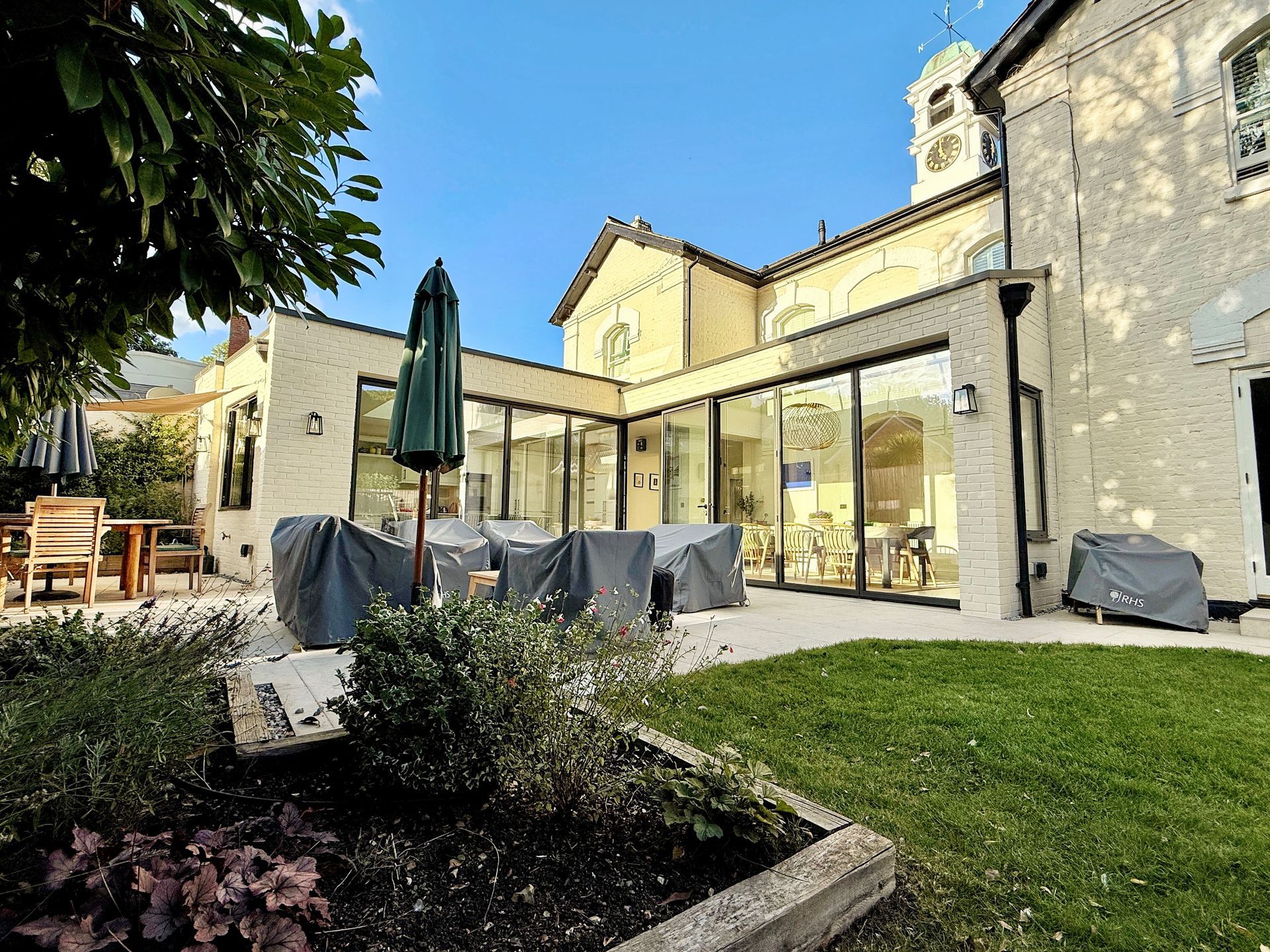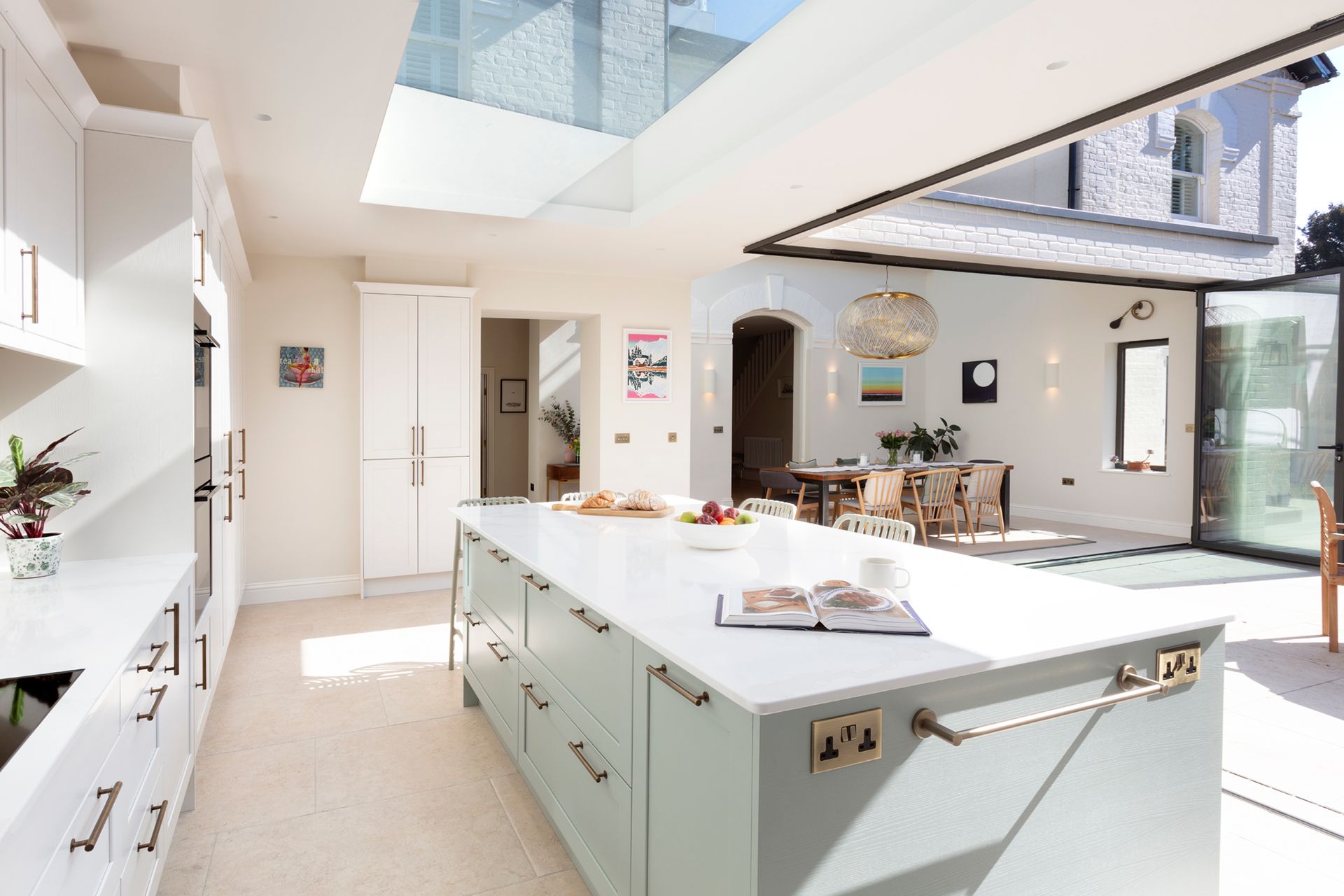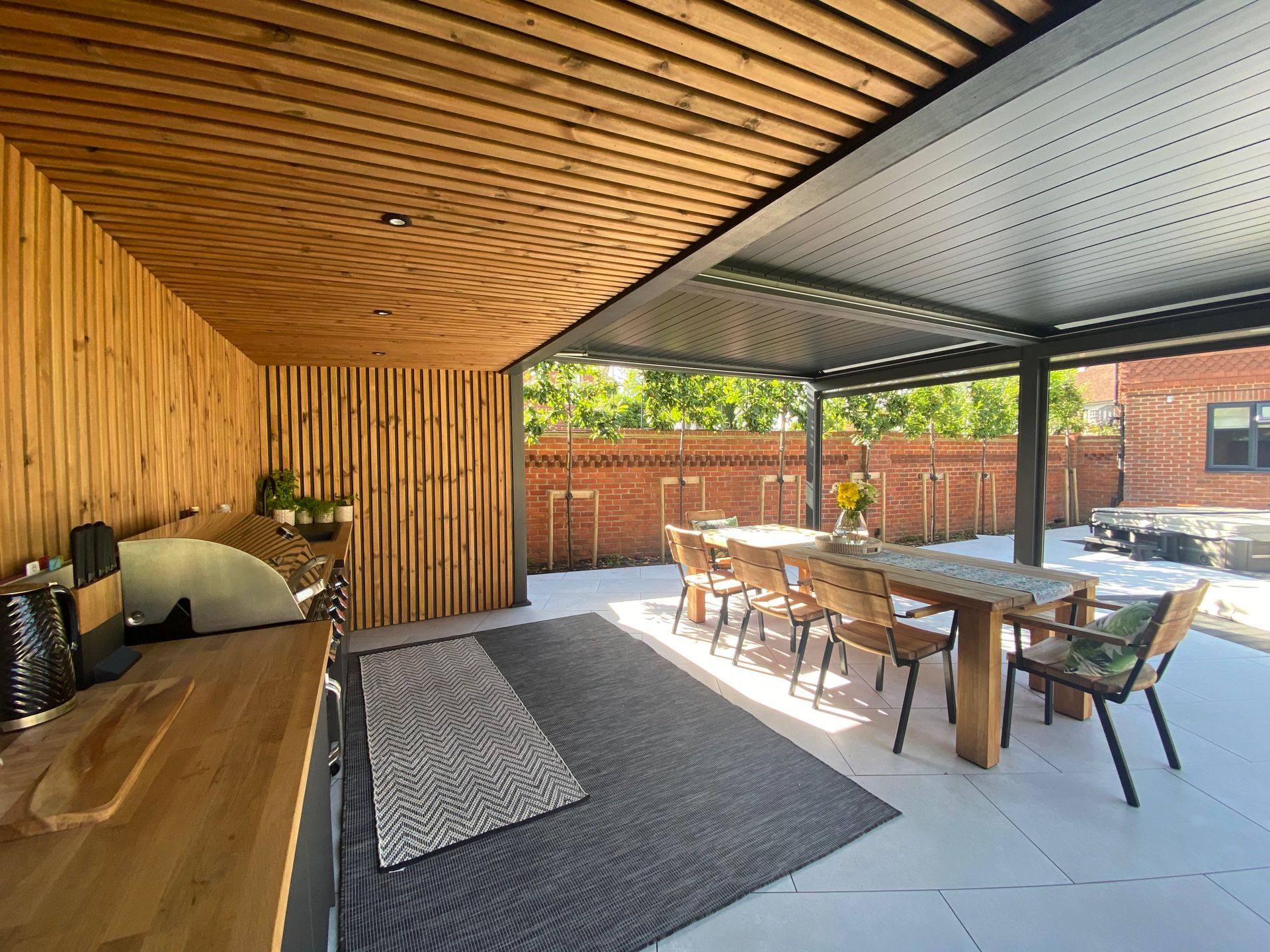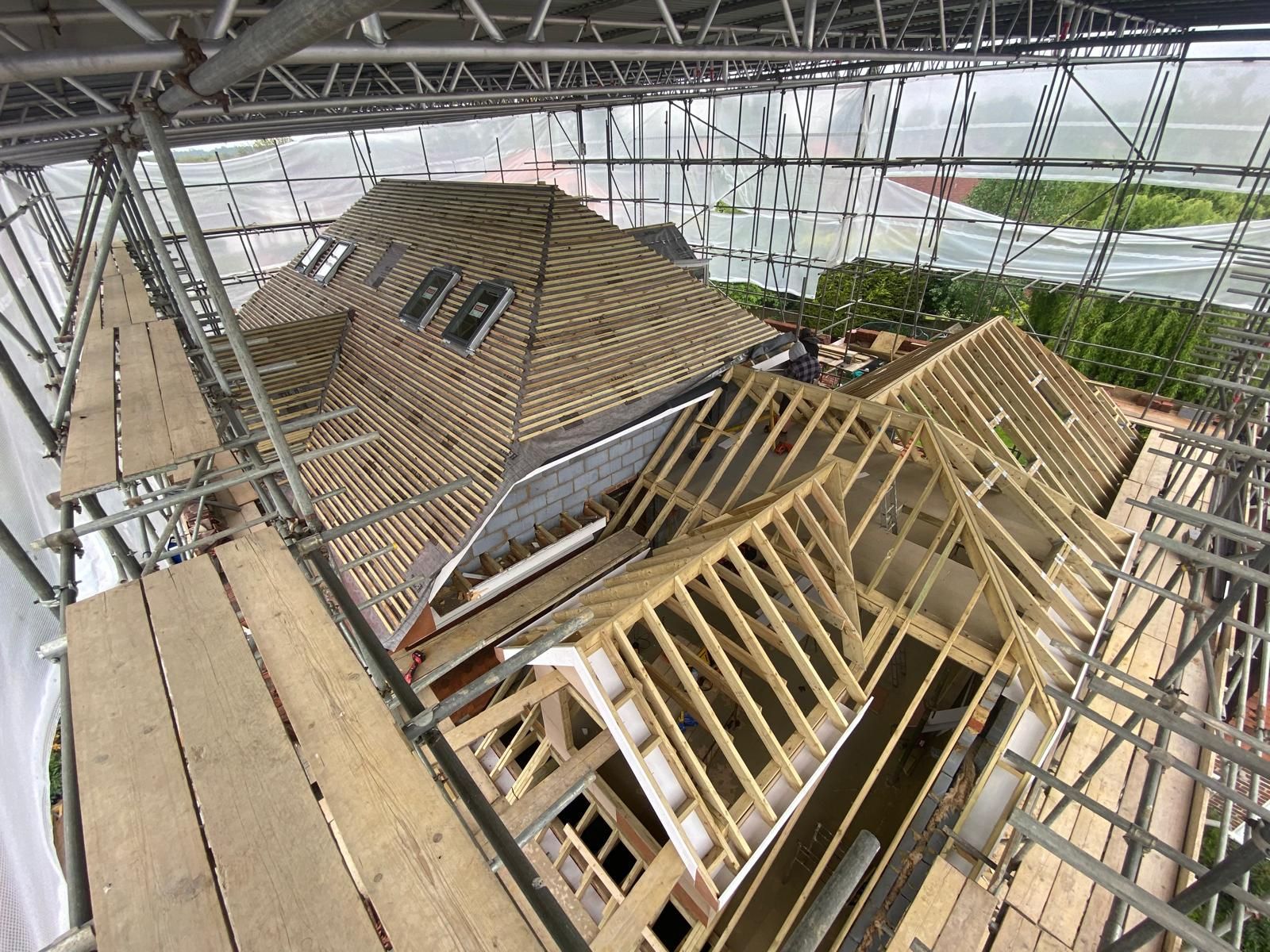Design On The Brain! (Le Mans 24 Hours – Porsche 911 – Coca-Cola)
Firstly, please don’t read this expecting anything too deep or significant, it’s a bit of fun. What it does hopefully highlight is that for me, design isn’t just a job (cheese alert) it’s a way of life! Working with clients on projects is an immense amount of fun and hugely rewarding. Running a business is hard work, so it’s great to have a break (from business but not from design).

I’m a regular at the Le Mans 24-hour rally (the iconic motor race for Steve McQueen in a Porsche 917), so it was great fun to get away with a few good friends; another architect, an IT guru and an ex RAF pilot. The common link is of course cars, not necessarily just fast (yes, we all like looking at and driving them) but equally importantly beautifully designed iconic cars.
I’m lucky enough to have been able to save up and buy myself a Guards Red, Porsche 911 (997.1 2S manual for anyone that’s vaguely interested!), which is of course one of the most iconic and long lasting car designs that there is (58 years), where you can still very clearly see the curves and shapes of the first one that was produced in 1963. The design has been honed, refined and improved year after year, so it’s no surprise that an architect might drive one given that that is exactly what we do for a living (the designing and honing, not the driving)! The other car in the group was a Guards Red Porsche Boxster (987 S manual for anyone that’s interested and still reading!) which has very similar lines. How it looks is important but how it functions is critical. This has been the core of the 911 and its refinements and it is at the core of good architecture. More on that topic here.
It’s a tradition to decorate your car with stickers for Le Mans; most people will get some ready made from eBay, and it’s great to see so many making the effort to do this. For the drivers of our two cars - being architects (and design fanatics) - that wasn’t quite good enough, so we turned it into a project! It doesn’t of course take a giant leap to figure out what branding/graphics might look good on a bright red car, so I can’t claim that we were exceptional in any way coming up with the idea of Coca-Cola. Like the Porsche 911 the logo is an iconic design, which has withstood the test of time and which hasn’t changed much for 130 years other than an almost geological level of evolution.
In the same way that we would with an architectural project, we roughly laid out on a drawing, what the livery concept might look like on the car(s) [Livery Design]. We then got the help of an amazing young electrical engineer and entrepreneur who runs a local company called Bandgap who’s core work is Electro Luminescent paint (it’s an incredible thing if you have never seen it, click here) – that good that you might see a giant glowing artichoke driving around at some point in the future! He also of course prints on & cuts sticky vinyl decals – which was very handy. We spent a lot more time than we anticipated working on the layouts, adding more logos (including his by way of thanks for his efforts) and trying to apply them all without there being too many bubbles. It was well worth it though, it all looks amazing – how could it not though – iconic logo(s) on iconic car(s)!
Le Mans was great too by the way, it’s basically a giant camping-car-show-barbeque-race and hanging out with good friends talking nonsense event. It’s the Centenary next year and Porsche and a handful of others are planning to return to the main race (Hypercar – if you’re interested!) and we'll definitely be going again, probably along with an ever growing crowd.
We’ll hopefully be meeting up with some of our clients & contacts who I didn’t manage to see there this year (in their 911s), who obviously have great taste both in car design and in architects ;o)
